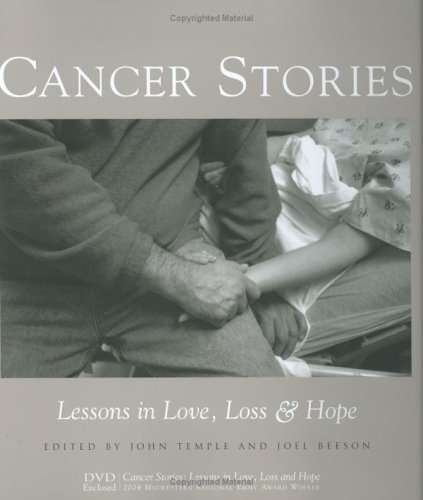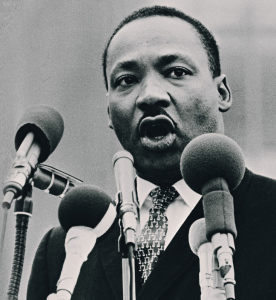Textbooks are different from other books in one major respect—the people who select the books aren’t the same as the end users, the people who must buy and pay for them. Students charge that, because of this disconnect, faculty members don’t take price sufficiently into account when picking books for their courses.
Estimates on how much students spend per year on textbooks vary widely. The United States Bureau of Labor Statistics suggests that students spend an average of $1,250 a year on books and supplies. On the other hand, figures from the National Association of College Stores reports that student spending on course materials has dropped on average from $701 per year in 2007-08 to $415 in 2018-19. Among the reasons for these possible price drops are the growth of book rentals, inclusive access plans, and electronic books.
The textbook industry is currently going through a big period of change, says John Fallon, CEO of education publishing giant Pearson. In an interview with tech journalist Kara Swisher, Fallon said that the era of the “$300 textbook” is over. Instead, students will be buying access to a host of electronic resources ranging from ebooks, to study sites, to mobile phone apps.Fallon told tech journalist Kara Swisher that revenues for the big publishers have been falling steadily, with Pearson’s dropping from $2 billion in 2013 to $1.3 billion for 2019. This change is being driven in large part by the fact that students can rent books from companies like Amazon or Chegg,
Under a rental plan, students pay a fee that is between two-thirds and one-half the cost of either a new or used book, then they turn the book back in to the bookstore at the end of the semester. In essence, it’s a guaranteed buyback plan. A report from Orbis Research suggests that students are also saving money by renting e-textbooks rather than paper books at substantially lower costs. The disadvantage of rentals, of course, is that after the semester is over, students no longer have the books to use as a reference.
While students like e-textbooks in principle, when forced to choose between a printed book and an e-book, most choose a printed textbook. An informal survey of your author’s students showed that while students liked e-books for recreational reading, they much preferred paper editions for the textbooks. They do, however, like the lower prices of ebooks.
One of the major complaints students have had about textbook costs involve one-time purchase access codes. These codes sold by publishers can be for review and other study materials, but they can also be for homework systems required to complete the class. In addition to objecting the costs, students complain that unlike paper and electronic textbooks, homework accounts cannot be shared.
A radically different approach a few universities are taking are so-called inclusive access programs where schools license all of the assigned books electronically from a major publisher and make them available to students at either a discounted rate or no additional charge. In some cases, the e-books are integrated into the school’s course management system that delivers other class materials. Students are typically signed up for the rental automatically and then have a short period of time when they can opt out from using the book. The advantage for faculty is that all students will have access to their books on the first day of class rather than waiting till sometimes weeks into the semester to get their books.. McGraw-Hill, Cengage and Pearson have all found success with these programs.
There are also downsides to these inclusive access programs. In many cases, students only have access when they are online. If they want a downloadable version, there is often an extra fee. Another issue is that these contracts strongly push faculty to order their texts from a preferred company rather than from the publisher that has what they consider to be the best book. Nicole Allen, an advocate for research libraries and open access materials, told Inside Higher Ed these programs are “the opposite of inclusive, because it is premised on publishers controlling when, where and for how long students have access to their materials.”
As this period of transition in the textbook publishing progresses, it is possible that the already concentrated ownership of textbook publishers will get even more concentrated. Currently four publishers control more than 80 percent of the higher-education marketplace: Pearson, Cengage Wiley and McGraw-Hill.(8e0102) As of this writing in the spring of 2020, McGraw-Hill Education and Cengage had announced plans to merge but were facing strong opposition from consumer groups, students, and college bookstores. Critics worry that combining two of the top four educational publishers into an even larger company would continue to reduce competition in the marketplace and give the new company more control over prices. The two companies claim the merger will let them be more efficient and lower costs.

 Disney has immensely transformed over the last 20 years. In the late twentieth century, the company was best known for children’s programming, theme parks, and cruise ships as well as owning the ABC television broadcast network and ESPN family of cable networks. But in the twenty-first century, it has been working hard at becoming the dominant force in the movie industry, buying up the Pixar animation studio from Apple founder Steve Jobs, Marvel Entertainment with the massive Marvel Cinematic Universe, LucasFilm and its family of Star Wars properties from George Lucas, and, most recently, the 21st Century Fox family of entertainment properties.
Disney has immensely transformed over the last 20 years. In the late twentieth century, the company was best known for children’s programming, theme parks, and cruise ships as well as owning the ABC television broadcast network and ESPN family of cable networks. But in the twenty-first century, it has been working hard at becoming the dominant force in the movie industry, buying up the Pixar animation studio from Apple founder Steve Jobs, Marvel Entertainment with the massive Marvel Cinematic Universe, LucasFilm and its family of Star Wars properties from George Lucas, and, most recently, the 21st Century Fox family of entertainment properties.


 Then out come the Oscar nominees. Greta Gerwig (
Then out come the Oscar nominees. Greta Gerwig (